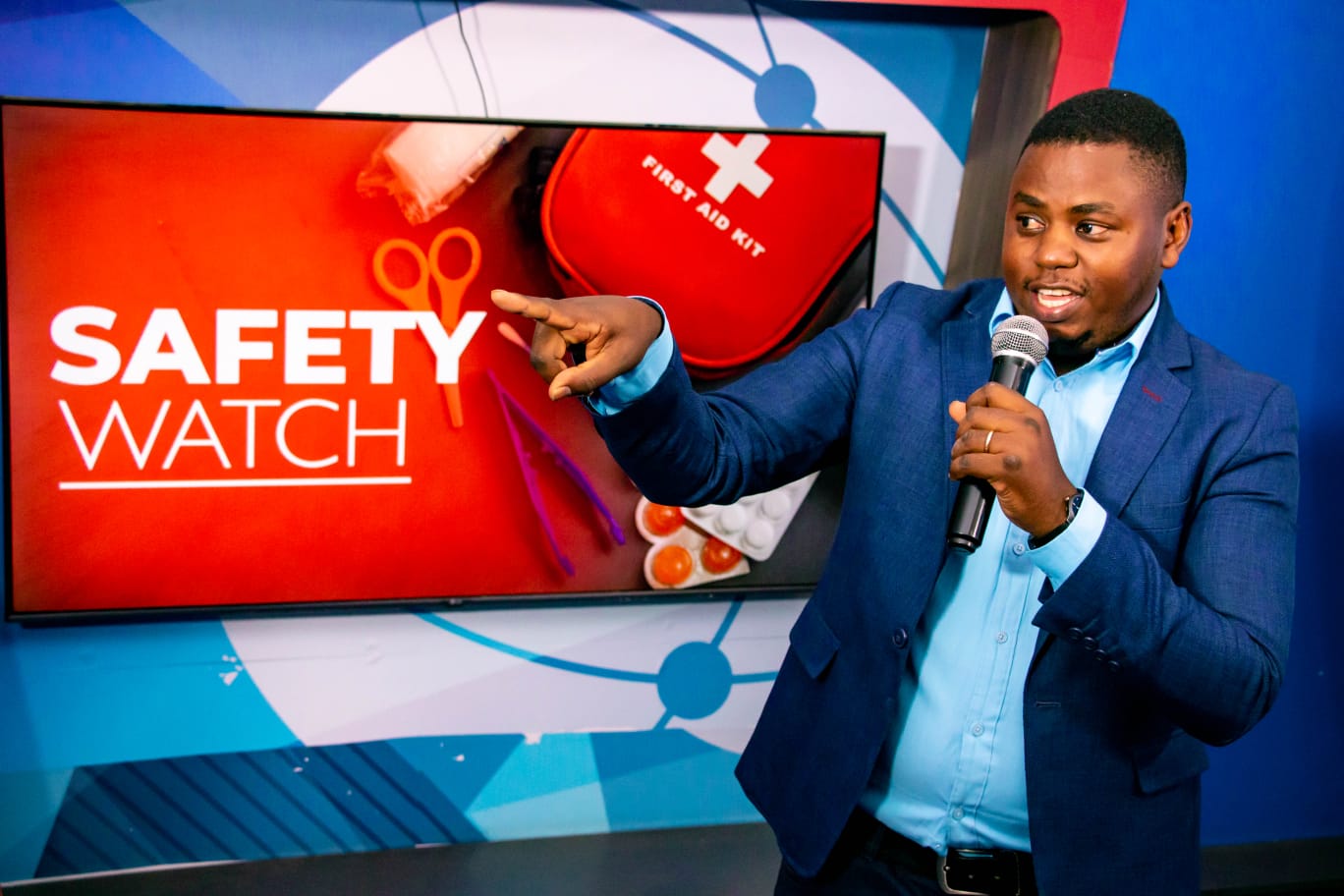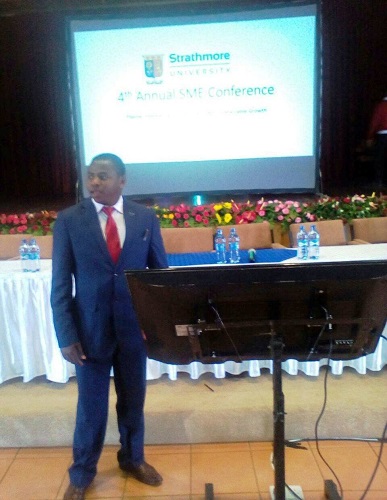Electrical safety is a crucial component of home and workplace safety, impacting the well-being of individuals and the protection of property. As Ambassador Steve Mbugua, the globally recognized Ambassador of Safety, I am dedicated to promoting best practices for electrical safety and awareness. In this article, we explore essential strategies for ensuring electrical safety, including regular inspections, proper maintenance, safe equipment usage, and adherence to safety standards. By prioritizing electrical safety, we can prevent accidents, reduce the risk of electrical fires, and create a secure environment. Let us delve into the key components of effective electrical safety management and work together to enhance safety in our homes and workplaces.
Electrical safety is crucial for preventing fires, injuries, and fatalities caused by electrical hazards in homes, workplaces, and other environments. Understanding electrical systems, implementing safety measures, and adhering to regulations are essential for maintaining a safe environment. Here’s a detailed exploration of electrical safety:
Introduction to Electrical Safety
Electrical safety involves practices and guidelines to prevent electrical hazards such as shocks, burns, fires, and other accidents resulting from the use of electricity. It encompasses safe installation, operation, maintenance, and inspection of electrical systems and equipment.
Different Accidents, Incidents, Illnesses, and Near Misses Relating to Electrical Safety
1. Electric Shock: Direct contact with electrical currents due to faulty wiring, damaged cords, or exposed electrical parts.
2. Electrical Burns: Burns caused by overheated equipment, arc flashes, or contact with energized parts.
3. Fire: Electrical fires resulting from overloaded circuits, faulty appliances, or improper installation.
4. Arc Flash: Sudden release of electrical energy due to a fault in the electrical system, causing explosions and severe burns.
5. Electrocution: Fatal injury caused by electric shock when current passes through the body.
6. Electrical Overload: Circuit overloading leading to overheating of wires, potentially causing fires.
7. Ground Faults: Leakage of current due to faults in grounding systems, posing shock hazards.
8. Equipment Failure: Malfunctioning electrical devices or equipment leading to hazards.
9. Power Surge Damage: Sudden increase in voltage damaging electronic devices and appliances.
10. Improper Use of Extension Cords: Overloading extension cords or using damaged cords.
11. Water and Electricity: Hazards from electrical appliances or outlets near water sources.
12. DIY Electrical Work: Incorrect installation or modification of electrical systems by unqualified individuals.
Latest Trends in Electrical Safety
1. Smart Home Technology: Integration of smart electrical systems with remote monitoring and control for enhanced safety.
2. Energy Efficiency: Use of energy-efficient appliances and systems to reduce electrical load and improve safety.
3. Advanced Circuit Protection: Installation of arc fault circuit interrupters (AFCIs) and ground fault circuit interrupters (GFCIs) to prevent electrical hazards.
4. Electrical Vehicle (EV) Charging Safety: Safe installation and maintenance of EV charging stations at homes and public places.
5. Electrical Safety Audits: Regular audits to identify and mitigate electrical hazards in industrial and commercial settings.
6. Training and Certification: Enhanced training programs for electrical contractors and personnel on safety practices and regulations.
7. Electrical Maintenance Programs: Scheduled maintenance to ensure safe operation of electrical systems and equipment.
8. Fire Safety Integration: Incorporation of fire detection and suppression systems with electrical safety measures.
9. Remote Monitoring: Monitoring electrical systems remotely for early detection of faults and hazards.
10. Emergency Response Planning: Developing plans and procedures for responding to electrical emergencies effectively.
11. Green Building Standards: Adherence to electrical safety standards in green building certifications.
12. Public Awareness Campaigns: Campaigns to educate the public about electrical hazards and safety practices.
Electrical Safety Measures and Guidelines
1. Installation by Qualified Professionals: Ensure electrical systems and equipment are installed, repaired, and maintained by licensed electricians.
2. Electrical System Design: Plan electrical layouts to minimize risks, including proper circuitry, grounding, and load management.
3. Code Compliance: Follow local and national electrical codes and standards for safe installation and operation.
4. Grounding and Bonding: Properly ground electrical systems to prevent shocks and ensure equipment safety.
5. Overcurrent Protection: Use circuit breakers or fuses to protect circuits from overloads and short circuits.
6. Inspection and Testing: Regularly inspect electrical systems, equipment, and wiring for signs of wear, damage, or deterioration.
7. Labeling and Signage: Clearly label electrical panels, circuits, and equipment to facilitate safe operation and maintenance.
8. Proper Use of Extension Cords: Avoid overloading extension cords and use them temporarily, not as permanent wiring solutions.
9. Arc Flash Protection: Implement arc flash risk assessment and mitigation strategies, including proper personal protective equipment (PPE) for workers.
10. Emergency Shutdown Procedures: Develop and practice procedures for safely shutting down electrical systems during emergencies.
11. Maintenance Lockout/Tagout: Implement procedures to de-energize and lock out electrical systems for maintenance or repair work.
12. Safety Training: Provide training to workers and residents on electrical safety practices, hazards, and emergency response.
Electrical Safety Audits and Inspections
• Purpose: Conduct regular audits and inspections to identify and correct electrical hazards, ensuring compliance with safety standards.
• Process: Inspect electrical systems, equipment, and installations for code compliance, proper grounding, insulation integrity, and operational safety.
• Documentation: Maintain records of audits, inspections, repairs, and corrective actions taken to address identified hazards.
• Frequency: Schedule audits and inspections based on regulatory requirements and the type of electrical installations (e.g., annually, after modifications).
Electrical safety is paramount to prevent accidents, injuries, and property damage associated with electrical hazards. By understanding the risks, implementing safety measures, and adhering to regulations and standards, individuals and organizations can create safer environments for living and working with electricity. Continuous education, training, and vigilance are essential to maintaining electrical safety and protecting the well-being of all individuals in residential, commercial, and industrial settings.
In conclusion, electrical safety is a vital aspect of maintaining a secure and hazard-free environment in both residential and professional settings. As the Ambassador of Safety, I have emphasized the importance of conducting regular inspections, adhering to safety standards, and educating individuals about safe equipment usage. By implementing these strategies, we can minimize electrical risks, protect our loved ones and colleagues, and ensure the safety of our property. Let us commit to championing electrical safety and collaborate to create spaces where safety and well-being are prioritized. Embracing these practices not only prevents accidents but also contributes to a culture of safety and awareness.
READ MORE
Workplace Safety Video
Largest Safety Shop
A Positive Safety Culture
Environmental Safety



















